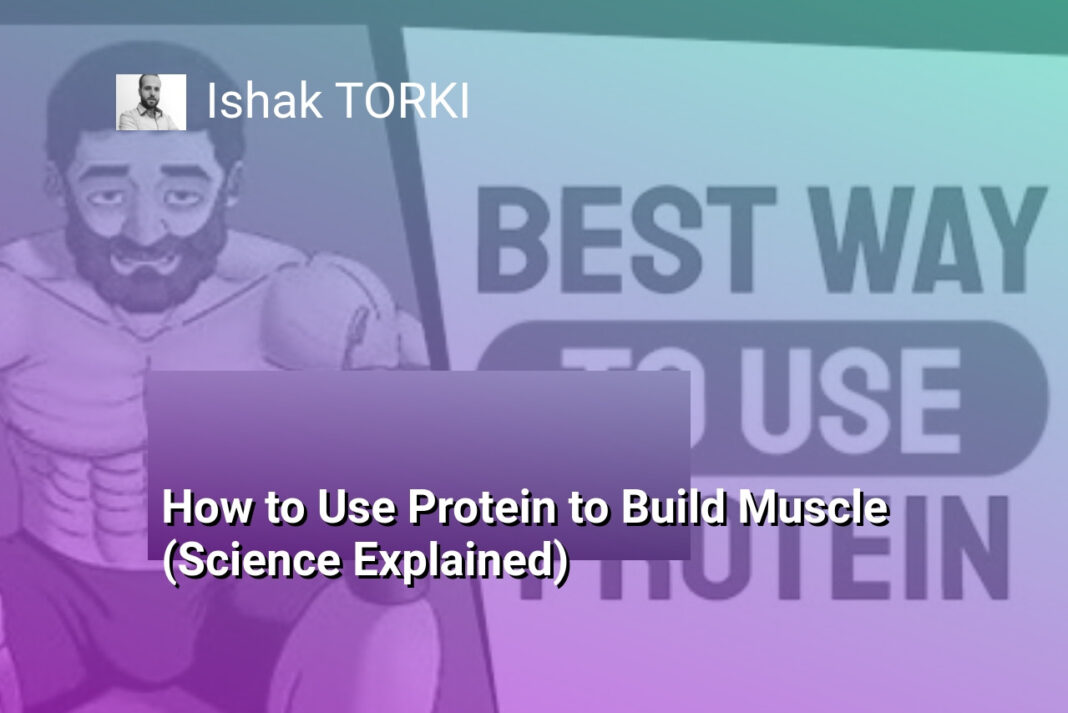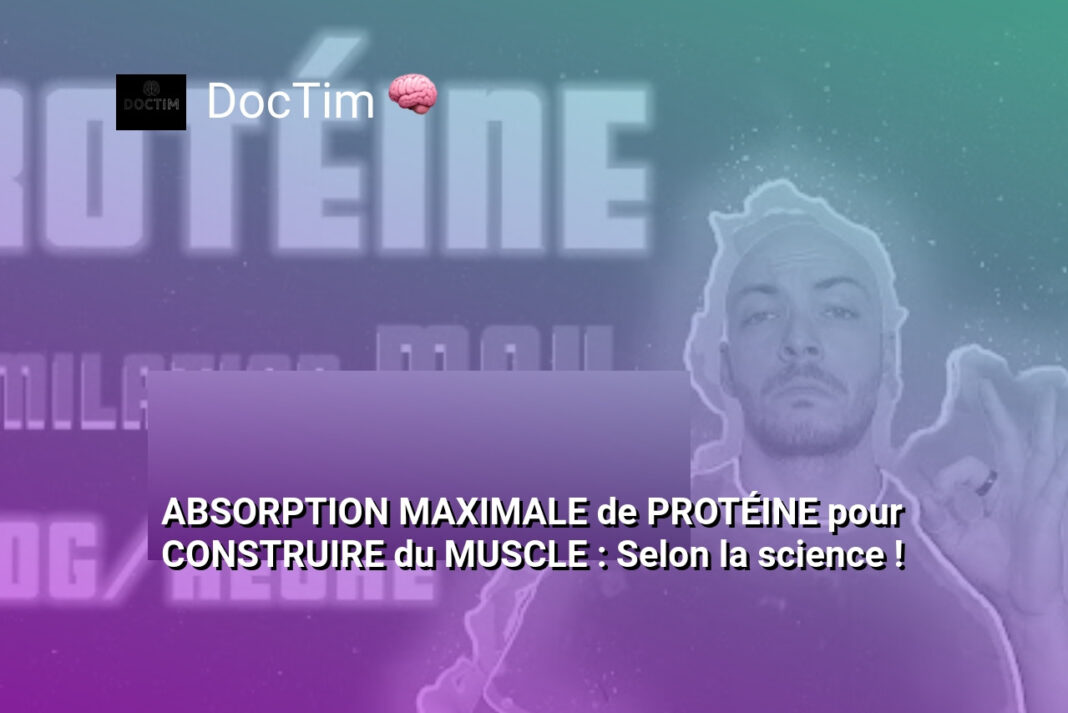The Bottom Line:
- As an individual, I have gained a deeper understanding of the different types of muscles in the human body, including the involuntary cardiac and smooth muscles, as well as the voluntary skeletal muscles.
- I have learned that skeletal muscles are the most abundant type of muscle tissue, making up a significant portion of our body weight, and that they develop from the mesoderm layer during embryonic development.
- The article highlights the importance of skeletal muscles in allowing us to move our bodies, and I now appreciate the complex process of muscle formation that begins in the early stages of embryonic development.
- I have gained insight into the three distinct layers of the embryo (endoderm, mesoderm, and ectoderm) and how the skeletal muscle tissue originates from the mesoderm layer.
- This information has broadened my knowledge of the human body’s intricate systems and the fascinating process of muscle development, which I find both informative and intriguing.
The Three Types of Muscle
The Three Distinct Types of Muscle
Muscle tissue is a fundamental component of the human body, responsible for a wide range of functions, from locomotion to the regulation of vital internal processes. Within this diverse system, there are three distinct types of muscle that each serve a unique purpose: skeletal, cardiac, and smooth muscle.
Skeletal Muscle: The Powerhouse of Movement
Skeletal muscle, the most abundant type, is the primary driver of voluntary movement. This muscle tissue is attached to the bones via tendons, allowing us to control the positioning and motion of our limbs and body. Skeletal muscle is composed of long, cylindrical fibers that are bundled together, creating the distinctive “striated” appearance that is characteristic of this muscle type. These fibers are rich in mitochondria, the cellular powerhouses that provide the energy necessary for contraction and movement. Skeletal muscle is under the conscious control of the central nervous system, enabling us to precisely coordinate our actions and execute complex physical tasks.
Cardiac Muscle: The Tireless Heart
Cardiac muscle, found exclusively in the heart, is responsible for the rhythmic contractions that pump blood throughout the body. Unlike skeletal muscle, cardiac muscle is involuntary, meaning it operates without conscious control. Cardiac muscle cells, known as myocytes, are interconnected, forming a coordinated network that ensures the heart’s efficient and continuous pumping action. These cells are also rich in mitochondria, providing the energy needed to sustain the heart’s constant activity. The unique structure and function of cardiac muscle allow it to work tirelessly, day and night, to maintain the body’s vital circulatory system.
Smooth Muscle: The Unsung Regulator
Smooth muscle, the third and final type, is found in the walls of various internal organs and blood vessels. Unlike skeletal and cardiac muscle, smooth muscle is not under voluntary control, but rather responds to hormonal and autonomic nervous system signals. This type of muscle is responsible for the involuntary contractions that facilitate the movement of substances through the digestive tract, the regulation of blood flow, and the adjustment of organ size and shape. Smooth muscle cells are typically smaller and more elongated than their skeletal and cardiac counterparts, and they lack the distinctive striations that characterize the other two muscle types. The smooth, continuous nature of this muscle tissue allows for the precise and coordinated control of internal processes, ensuring the proper functioning of the body’s vital systems.
Involuntary Muscle Movements
Involuntary Muscle Contractions and Their Importance
While skeletal muscles are the primary focus of this discussion, it’s important to acknowledge the existence and significance of involuntary muscle movements. These types of muscle contractions occur without conscious control, playing a crucial role in the proper functioning of various bodily systems.
Cardiac Muscle: The Heart’s Rhythmic Contractions
The cardiac muscle, found exclusively in the heart, is responsible for the rhythmic contractions that pump blood throughout the body. This involuntary muscle operates independently of our conscious control, ensuring a continuous and reliable supply of oxygenated blood to our tissues. The heart’s ability to contract and relax in a coordinated manner is essential for maintaining cardiovascular health and supporting the overall well-being of the individual.
Smooth Muscle: Regulating Organ Functions
Smooth muscle, found in the walls of blood vessels, the digestive tract, the urinary bladder, and other internal organs, also operates involuntarily. These muscle fibers are responsible for the regulation of various physiological processes, such as the constriction and dilation of blood vessels, the movement of food through the digestive system, and the contraction and relaxation of the bladder. The smooth muscle’s ability to function without conscious control allows for the seamless and efficient operation of these vital bodily systems.
The involuntary nature of cardiac and smooth muscle contractions is a testament to the remarkable complexity and adaptability of the human body. These muscle types work tirelessly, often unnoticed, to maintain homeostasis and ensure the proper functioning of our internal systems. By understanding the unique roles and characteristics of these involuntary muscle movements, we can gain a deeper appreciation for the intricate mechanisms that sustain our overall health and well-being.
The Importance of Skeletal Muscle
The Crucial Role of Skeletal Muscle in Movement and Function
Skeletal muscle is the most abundant type of muscle in the human body, making up a significant portion of our overall body weight. This remarkable tissue plays a vital role in our ability to move, perform physical activities, and maintain our overall health and well-being.
The Origins of Skeletal Muscle
Skeletal muscle is one of the earliest tissues to develop during the embryonic stage of human development. As the embryo forms, the cells divide into three distinct layers: the endoderm, mesoderm, and ectoderm. The mesoderm, or middle layer, is where the precursor cells for skeletal muscle originate, laying the foundation for the muscular system that will eventually control our voluntary movements.
The Unique Characteristics of Skeletal Muscle
Skeletal muscle is composed of long, cylindrical fibers that are bundled together and attached to our bones via tendons. These fibers contain specialized structures called sarcomeres, which are the basic contractile units that allow the muscle to shorten and generate force. The arrangement and properties of these sarcomeres give skeletal muscle its distinctive striated appearance under a microscope.
Unlike the cardiac and smooth muscle types, skeletal muscle is under our conscious control, allowing us to perform a wide range of voluntary movements, from simple gestures to complex athletic feats. This remarkable ability to contract and relax on demand is what enables us to engage in physical activities and interact with our environment in meaningful ways.
Moreover, skeletal muscle is not just a passive structure; it is a dynamic and adaptable tissue that can respond to various stimuli, such as exercise, nutrition, and injury. Through a process called muscle hypertrophy, skeletal muscle can increase in size and strength in response to regular physical activity, allowing us to improve our physical performance and maintain our overall fitness.
In conclusion, the importance of skeletal muscle in our lives cannot be overstated. From its origins in the embryonic stage to its crucial role in enabling our voluntary movements and physical capabilities, skeletal muscle is a fundamental component of the human body that deserves our attention and understanding.
The Embryonic Origins of Skeletal Muscle
The Embryonic Origin of Skeletal Muscle
The formation of skeletal muscle tissue begins during the earliest stages of embryonic development. As the embryo forms, its cells divide and differentiate into three distinct layers: the endoderm, mesoderm, and ectoderm. It is within the mesoderm, the middle layer, that the precursors to skeletal muscle cells, known as myoblasts, begin to take shape.
The Crucial Role of the Mesoderm
The mesoderm plays a pivotal role in the development of skeletal muscle. This layer gives rise to a specialized region called the somites, which are segmented blocks of mesoderm that line the sides of the embryo’s neural tube. Within these somites, the myoblasts proliferate and fuse together, forming the foundation for the skeletal muscles that will eventually cover the body.
The Myogenic Program: From Myoblasts to Mature Muscle Fibers
The transformation of myoblasts into fully functional skeletal muscle fibers is a complex and tightly regulated process known as the myogenic program. This program involves a series of steps, including the expression of specific transcription factors, the withdrawal of myoblasts from the cell cycle, and the fusion of myoblasts to form multinucleated muscle fibers. As the myogenic program progresses, the muscle fibers continue to grow and differentiate, acquiring the necessary structural and functional components to become the powerful, contractile tissues that enable our movements.
The embryonic origins of skeletal muscle highlight the remarkable complexity and precision of early developmental processes. From the initial formation of the mesoderm to the intricate choreography of myoblast fusion and muscle fiber maturation, the embryonic development of skeletal muscle lays the foundation for the remarkable capabilities of our musculoskeletal system.
The Significance of Muscle Tissue
The Vital Role of Skeletal Muscle
Skeletal muscle is the most abundant type of muscle tissue in the human body, accounting for a significant portion of our overall body weight. This remarkable tissue plays a crucial role in our daily lives, enabling us to move, maintain posture, and perform a wide range of physical activities. Skeletal muscle is formed during the embryonic stage, emerging as one of the earliest tissues to develop in the human body.
The Origins of Skeletal Muscle
As an embryo, your cells divide into three distinct layers: the endoderm, mesoderm, and ectoderm. The mesoderm, or the middle layer, is where skeletal muscle originates. This layer gives rise to the various muscle tissues that will eventually form the intricate network of muscles throughout your body. The formation of skeletal muscle during the embryonic stage is a testament to its fundamental importance in human development and function.
The Diverse Functions of Skeletal Muscle
Skeletal muscle is responsible for a wide range of vital functions in the human body. It enables us to move our limbs, maintain our posture, and perform complex physical tasks. Additionally, skeletal muscle plays a crucial role in regulating our metabolism, as it is a significant consumer of energy and a key player in the body’s glucose and fat-burning processes. This versatile tissue also contributes to the maintenance of our body temperature, as it generates heat through the process of muscle contraction.
The remarkable capabilities of skeletal muscle are a testament to its importance in our overall health and well-being. By understanding the origins and functions of this remarkable tissue, we can better appreciate the intricate workings of the human body and the vital role that muscle plays in our daily lives.





